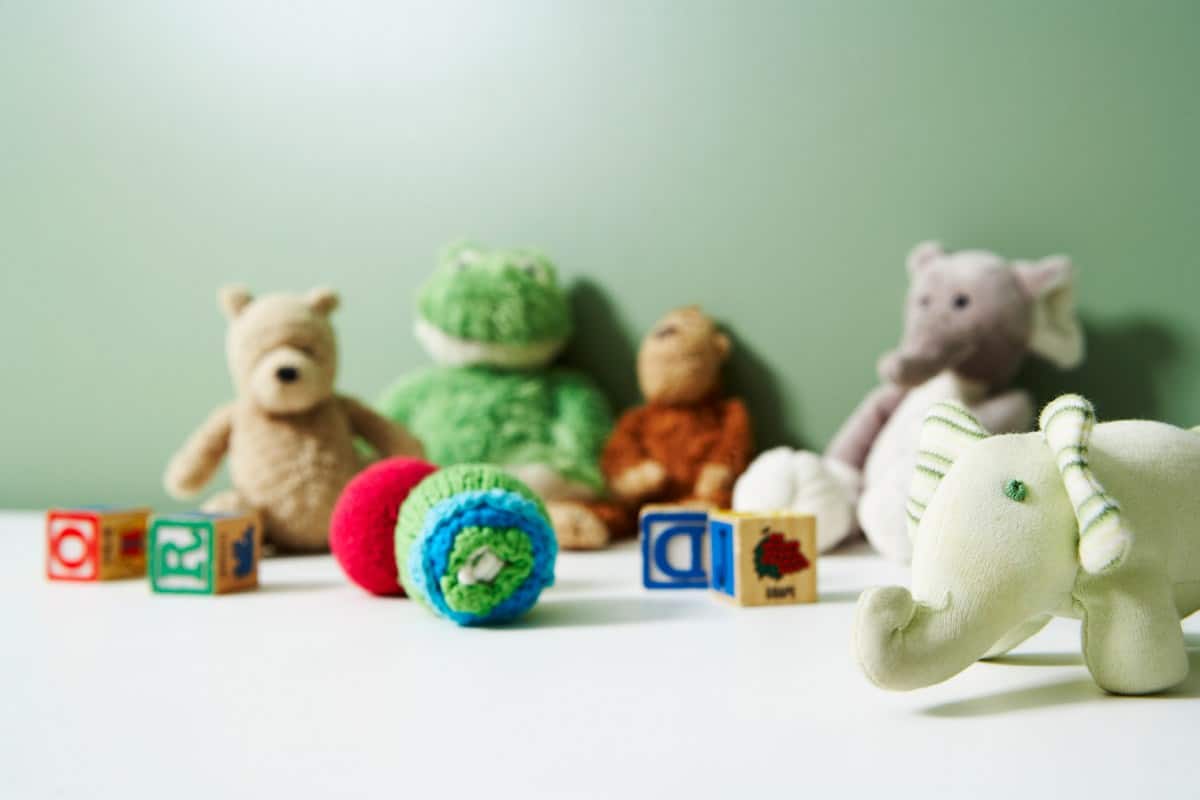We’ve all heard that it is important for parents and nannies to read to children from an early age, but we are also learning it’s vital to talk with them. An MIT study (1) finds that “engaging children in conversation is more important for brain development than ‘dumping words’ on them.” According to the American Academy of Pediatrics (2), “promotion of optimal early brain and child development is essential for the health and well-being of children. During these critical first few years of life, safe, stable, and nurturing relationships are critical to healthy brain development.”
More than 85% of brain growth occurs in the first three years and as a parent or caregiver, you can assist in optimizing early brain development in your children. The ways in which you interact, play and respond with children, affects the development of their brain. In a study published by Harvard University’s Division of Medical Science and the McGovern Institute for Brain Research at MIT, children scored an average of 12 percent higher on standard language assessment when they were exposed to a significant conversation (1).
The MIT scientists studied the number of ‘conversational turns’ experienced by young children and how they were related to brain development by documenting activity levels of the Broca area of the brain. A ‘conversation turn’ can be simple or complex. For a young child, asking a simple question and getting a response is a turn. Counting these turns can help parents and caregivers ensure they are conversing, not just providing instructions to a child. The study results provide the first evidence that family conversation has a direct impact on brain development in children.
How can you increase the number of these critical ‘conversation turns’ you have with young children?
Infants. Newborn brains have almost the full lifetime of neurons, so newborns are primed to start learning. Ways to help promote infant brain development include talking, reading, playing music and holding the infant. Talking with infants is challenging as they are observing in order to learn how to interact. To make it conversational, repeat back sounds the infant makes and add additional words to help with language development. As the child’s speech and vocabulary improve, ask them questions and encourage them to respond.
Toddlers. Toddlers, aged one through three years old, have an increased desire to explore new things and like to imitate the behavior of caregivers and others. At this point, the brain begins to slow down the production of neuron connections, however, it is still producing much more than in adulthood. At this age, it is easier to hold back and forth conversations. Encourage taking turns, by asking questions and waiting for the child to answer. When telling stories, take turns describing what could happen next, building on what was just shared.
Sponsored by Ohio State University, a 2019 study found a ‘million-word gap’ for children who aren’t read to at home. Although focused on reading, the gap also identifies a difference in hearing words spoken. By conversing with children on a range of topics, children can hear more words from parents and caregivers. Instead of having the same chats about meals and playtime, caregivers can tell stories about the lives of grandparents or talk about the animals at the zoo. The goal is to share new words with young children, expanding their vocabulary. With a bit of focus, caregivers can tell a story about how a poodle and a greyhound had an adventure at a national park, expanding the words and depth of the story beyond a quick tale about two dogs on a neighborhood walk. Having the children participate by providing their own stories or answering questions about your story helps create ‘conversation turns’.
To learn more, a Brain Development course is available with enrollment in the Professional Childcare program at USNannyInstitute.com.
References:
1. Gabriele, J, Romeo, R. “Back and Forth Exchanges Boost Children’s Brain Response to Language”, Psychological Science 14 February 2018. http://news.mit.edu/2018/conversation-boost-childrens-brain-response-language-0214
2. Zimmerman FJ, Gilkerson J, Richards JA, Christakis DA, Xu D, Gray S, Yapanel U. “Teaching by Listening: The Importance of Adult-Child Conversations to Language Development”, American Academy of Pediatrics, 124(1). July 2009, pp. 342-3499. https://pdfs.semanticscholar.org/fa62/bc816f12fc6b58496902286d05af8d1cdc25.pdf
3. Jessica AR, Logan LM, Justice MY, Leydi JCM. “When Children Are Not Read to at Home”, Journal of Developmental & Behavioral Pediatrics, 4 April 2019; https://www.sciencedaily.com/releases/2019/04/190404074947.htm


Recent Comments